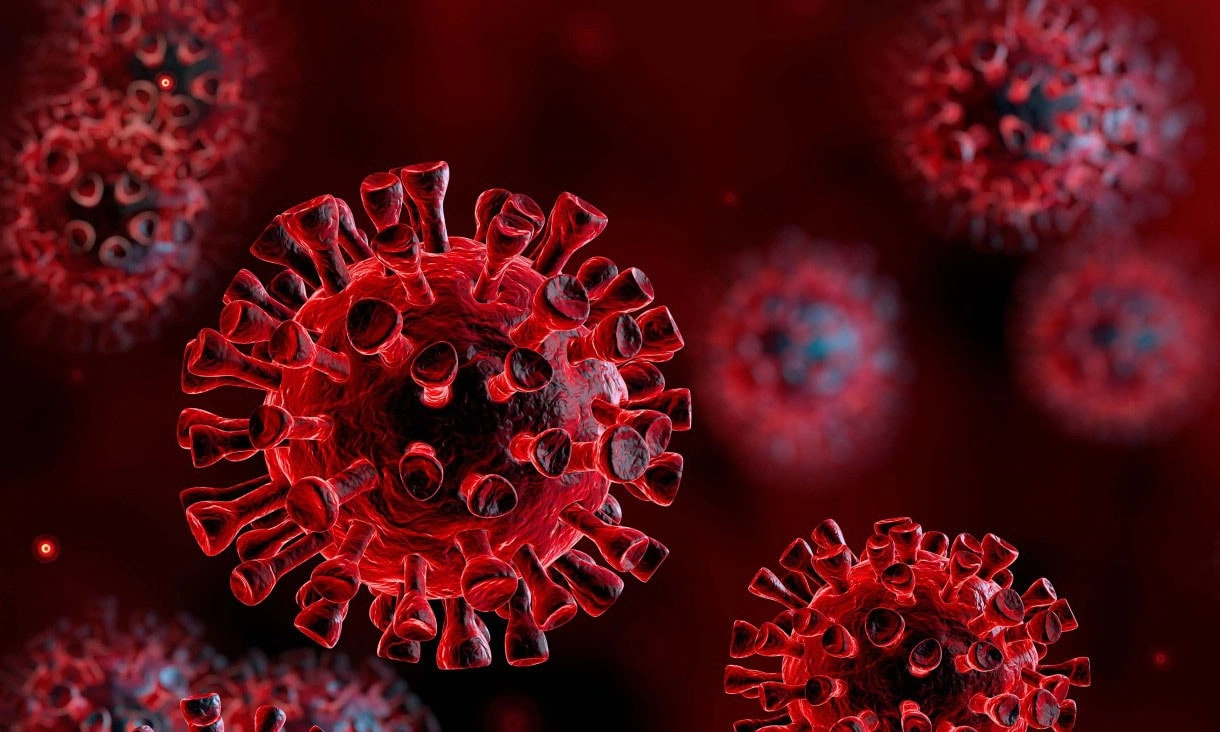Hey there! If you’ve been scrolling through news feeds, podcasts, or endless TikTok reels, you’ve probably heard the phrase “pandemic source” tossed around a lot. It sounds scientific, a bit mysterious, and maybe even a little scary. So, let’s cut through the jargon together and get straight to the heart of the matter. In this friendly chat, we’ll explore what “pandemic source” really means, how experts hunt it down, the theories that have sparked worldwide debates, and why knowing the source is more than a curiosity—it’s a cornerstone for protecting our future.
Pandemic Source Explained
First things first: what does “pandemic source” actually refer to? In simple terms, it’s the origin point where a pathogen—like a virus—jumps from its natural reservoir (often an animal) into humans and then spreads across borders, continents, and eventually the whole globe. Think of it as the spark that lights the fire. Without that first spark, the fire never starts.
Definition and Core Concepts
A pandemic source can be broken down into three key elements:
- Reservoir: The original host where the pathogen lives comfortably—usually wildlife such as bats, birds, or rodents.
- Spill‑over event: The moment the pathogen crosses species barriers, often because humans get too close to the reservoir (think wildlife markets or deforestation).
- Global amplification: Once inside humans, the virus finds ways to spread efficiently—through travel, dense urban living, or even social gatherings.
Understanding each piece helps us see why a “source” isn’t just a single animal or place; it’s a chain of events that creates a perfect storm.
Why It Matters
Knowing the pandemic source does more than satisfy curiosity. It guides where we invest in surveillance, informs policies that can stop similar spill‑overs, and builds public trust by showing that science is actively looking for answers. It’s like having a map before you set out on a road trip—you’re less likely to get lost.
Tracing COVID‑19 Origin
When COVID‑19 erupted in late 2019, the world collectively held its breath, hoping scientists could pinpoint its origin quickly. The search for the virus’s source became a massive, global investigative effort, spearheaded by the World Health Organization (WHO) and countless research labs worldwide.
Tools of the Trade
Researchers used several high‑tech techniques:
- Genomic sequencing: By decoding the virus’s RNA, scientists could compare it to known coronaviruses in bats and other animals.
- Phylogenetic analysis: This method builds “family trees” showing how closely related the new virus is to its cousins.
- Serology: Blood tests that look for antibodies in animals or people, indicating past exposure.
All these tools helped narrow down possibilities, but they also revealed new complexities.
What the WHO coronavirus investigation Uncovered
In early 2021, the WHO dispatched a team to Wuhan, China, to gather data, interview locals, and sample wildlife. Their final report highlighted two plausible pathways:
- A natural spill‑over from bats, likely via an intermediate animal such as a pangolin.
- A lab‑associated incident, though the evidence for this was deemed “inconclusive” and required more data.
The report stressed that the closest known relatives of SARS‑CoV‑2 were found in horseshoe bats in Southeast Asia, supporting a natural origin. Yet, the authors also warned that without transparent data sharing, some questions would stay unanswered.
Key Takeaways for You
While the WHO’s findings didn’t give us a single “smoking gun,” they painted a picture of a virus that most likely emerged from wildlife, not a lab concoction. The nuance is important: a “likely natural spill‑over” doesn’t mean we ignore laboratory safety, but it does shift focus toward protecting wildlife habitats and monitoring animal markets.
Major Origin Theories
Even after the WHO report, the conversation didn’t stop. Scientists, journalists, and everyday people kept asking: “What really happened?” Below are the three most discussed theories.
Natural Spill‑Over
This is the mainstream scientific view. Bats host a huge variety of coronaviruses, and when humans encroach on their habitats—through deforestation, wildlife trade, or agricultural expansion—the chance of a virus jumping species rises dramatically. The “wet market” in Wuhan, where live animals were sold, became a focal point for investigation.
According to a Nature study, the genetic makeup of SARS‑CoV‑2 shares ~96% similarity with a bat coronavirus (RaTG13), suggesting a bat origin. However, the missing “intermediate” virus—one that would have adapted the virus to humans—remains elusive.
Laboratory Leak
The lab‑leak hypothesis argues that the virus may have escaped from a virology lab, either through accidental exposure of a worker or through a breach in safety protocols. Proponents point to the proximity of the Wuhan Institute of Virology (WIV) to the outbreak epicenter and the fact that the WIV had been studying bat coronaviruses for years.
Critics argue that there’s no direct evidence of a lab‑origin virus matching SARS‑CoV‑2, and many virologists emphasize that the virus’s structure lacks features typically engineered for human infection. Still, the theory sparked intense political debate, underscoring the need for transparency in research labs worldwide.
Hybrid or Unknown Pathway
Some scientists suggest a hybrid scenario—a natural virus that may have undergone limited manipulation, or a recombination event involving multiple animal hosts. Others simply note that the true pathway could be more complex than our current models can capture.
Regardless of the theory you lean toward, the consensus remains: more data, open sharing, and interdisciplinary collaboration are essential to reach a definitive answer.
Key COVID‑19 Research
Beyond the big‑picture origin story, a flood of COVID‑19 research has deepened our understanding of the virus’s behavior, spread, and impact.
Earliest Cases and Timeline
Retrospective analyses of hospital records in Wuhan identified a handful of pneumonia cases as early as November 2019, predating the official December outbreak announcement. Serological surveys in nearby regions later found low‑level antibodies in some blood donors, hinting that the virus may have been circulating undetected for weeks.
Serological Surveys and Their Insights
Large‑scale serology studies in Europe and North America, published in The Lancet, revealed that by mid‑2020, roughly 10% of the global population had been infected—far more than official case counts suggested. This underscored the virus’s stealthy transmission, especially among asymptomatic carriers.
Remaining Gaps
Even with these breakthroughs, questions linger:
- Where exactly did the first human infection occur?
- What were the precise animal hosts involved?
- How did early public‑health responses shape the pandemic’s trajectory?
Ongoing studies, especially those that collaborate across borders, aim to fill these blanks. The more we learn, the better we can design vaccines that protect against a broader range of coronaviruses—a concept known as “pan‑coronavirus” vaccines.
Why Source Matters
Understanding the pandemic source isn’t an academic exercise; it has real‑world consequences for each of us.
Public‑Health Advantages
When we know the spill‑over pathway, we can set up targeted surveillance—like monitoring bat populations in caves known to harbor dangerous viruses. Early detection means quicker containment, potentially stopping a virus before it reaches pandemic status.
Policy and Economic Impact
Governments can craft smarter regulations, such as stricter biosecurity for wildlife markets or tighter lab safety standards. These policies not only protect health but also minimize economic disruption. Remember how travel bans and lockdowns in 2020 cost the global economy trillions of dollars? Preventing the next outbreak at the source could save billions, if not more.
Risk of Misinformation
When the source remains uncertain, speculation fills the void. Rumors spread faster than facts, leading to stigma against certain communities or professions. Clear, evidence‑based communication helps prevent those harmful narratives.
Ethical Considerations
Balancing transparency with national security is tricky. While some governments may hesitate to share raw data, withholding information can erode public trust. A collaborative, open‑science approach—where data are shared responsibly—builds confidence and accelerates solutions.
| Stakeholder | Benefit of Knowing Source | Potential Drawback if Mismanaged |
|---|---|---|
| Public Health Agencies | Targeted surveillance and quicker response | Resource misallocation if data are inaccurate |
| Policy Makers | Evidence‑based regulations, reduced economic loss | Over‑regulation could harm livelihoods (e.g., wildlife trade) |
| General Public | Greater confidence in safety measures | Stigma or panic if information is miscommunicated |
Wrapping It All Up
We’ve journeyed from the basic definition of a “pandemic source” to the gritty details of how scientists chase down clues, the heated debates over natural versus lab origins, and the practical reasons why this knowledge matters to every one of us. While the exact spark that ignited COVID‑19 may still flicker in the shadows, the collective effort to illuminate it is a testament to human curiosity, cooperation, and resilience.
So, what’s the takeaway? Knowing the pandemic source helps us build smarter defenses, craft better policies, and, most importantly, protect the people we love. It’s not just about solving a mystery; it’s about shaping a safer future.
If you’re hungry for more depth, dive into the COVID‑19 origin piece, explore the latest virus origins theories, or keep up with ongoing COVID‑19 research. Knowledge is power, and sharing it with friends like you makes the world a little brighter.
Stay curious, stay safe, and feel free to reach out if any part of this story sparked a question. After all, the best discoveries often start with a simple “what if?”


















Leave a Reply
You must be logged in to post a comment.